-
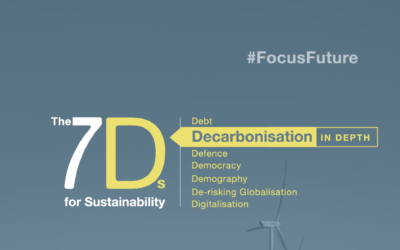
The 7Ds – Decarbonisation in Depth
The 7Ds
22 Apr 2024
-
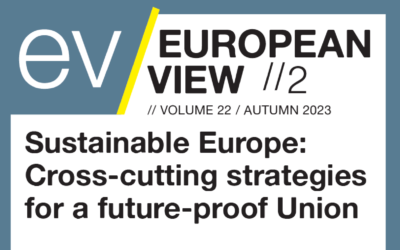
Sustainable Europe: Cross-cutting strategies for a future-proof Union
European View
20 Nov 2023
-

The 7Ds for Sustainability: 175 Proposals for the Next Legislature
The 7Ds
25 Oct 2023
-
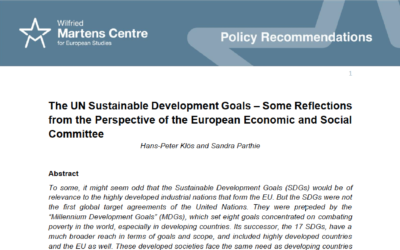
The UN Sustainable Development Goals – Some Reflections from the Perspective of the European Economic and Social Committee
Other
21 Jun 2023
-
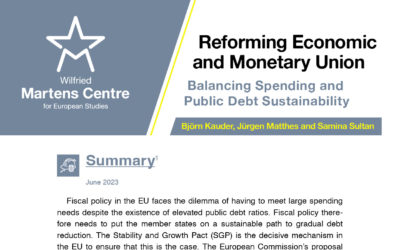
Reforming Economic and Monetary Union: Balancing Spending and Public Debt Sustainability
Policy Briefs
05 Jun 2023
-

The Future of European Tourism
Blog
07 Dec 2021
-
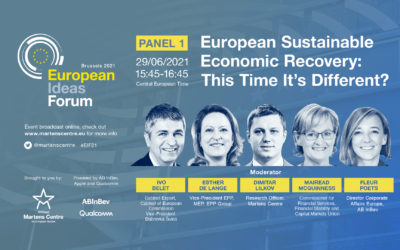
EIF 21 Panel 1 – European Sustainable Economic Recovery: This Time It’s Different?
Live-streams - Multimedia
29 Jun 2021
-

Net@Work Day 3 – Panel 2: The Green Deal and the Middle Class
Live-streams - Multimedia
21 Apr 2021
-

Net@Work Day 2 – Panel 2: Transition to a Smart Green Europe
Live-streams - Multimedia
20 Apr 2021
-

To tackle climate change Europe needs to embrace high-speed rail
Blog
02 Sep 2019
-

The race for climate leadership in the era of Trump and multilevel governance
Blog
02 Nov 2017
-

Europe’s twenty-first century challenge: climate change, migration and security
Blog
03 May 2016
-

Sustainability? Teach them how!
Blog
29 Jan 2014
-

Must the cost of healthcare go on rising inexorably?
Blog
21 Nov 2013
-

From Reform to Growth – Managing the Economic Crisis in Europe
Blog
05 Nov 2013
-

EU can help, but states must take primary responsibility for reforms
Blog
30 Oct 2013
-

Smart Fiscal Consolidation: Achieving Sustainable Public Finances and Growth
Blog
10 Jul 2013
-
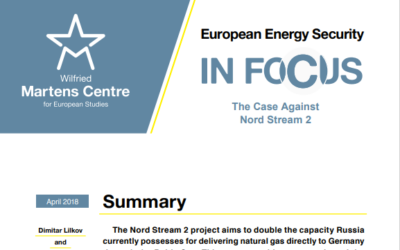
European Energy Security: The Case Against Nord Stream 2
IN FOCUS
13 Apr 2018
-
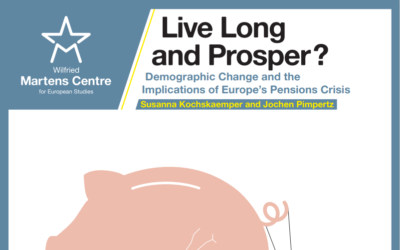
Live Long and Prosper? Demographic Change and Europe’s Pensions Crisis
Research Papers
10 Nov 2015
-

Refuelling Europe: A Roadmap for completing the Single Energy Market
Research Papers
22 Dec 2014
-

A Model for Implementing Sustainable and Qualitative Growth in the EU
Research Papers
02 Jun 2014
-

Smart Fiscal Consolidation: A Strategy for Achieving Sustainable Public Finances and Growth
Research Papers
09 Jul 2013
-

How Can We Foster Green Growth?
Collaborative
05 Nov 2012
-

Growth and Austerity: How to Foster Growth in Times of Austerity?
Collaborative
01 Nov 2012
-

Sustainability of Health Care in European Democracies
Collaborative
18 Dec 2011
-

Health Care Reforms in an Ageing European Society, with a Focus on the Netherlands
Other
01 Sep 2010


